Myths of Core Stability
2019-12-29
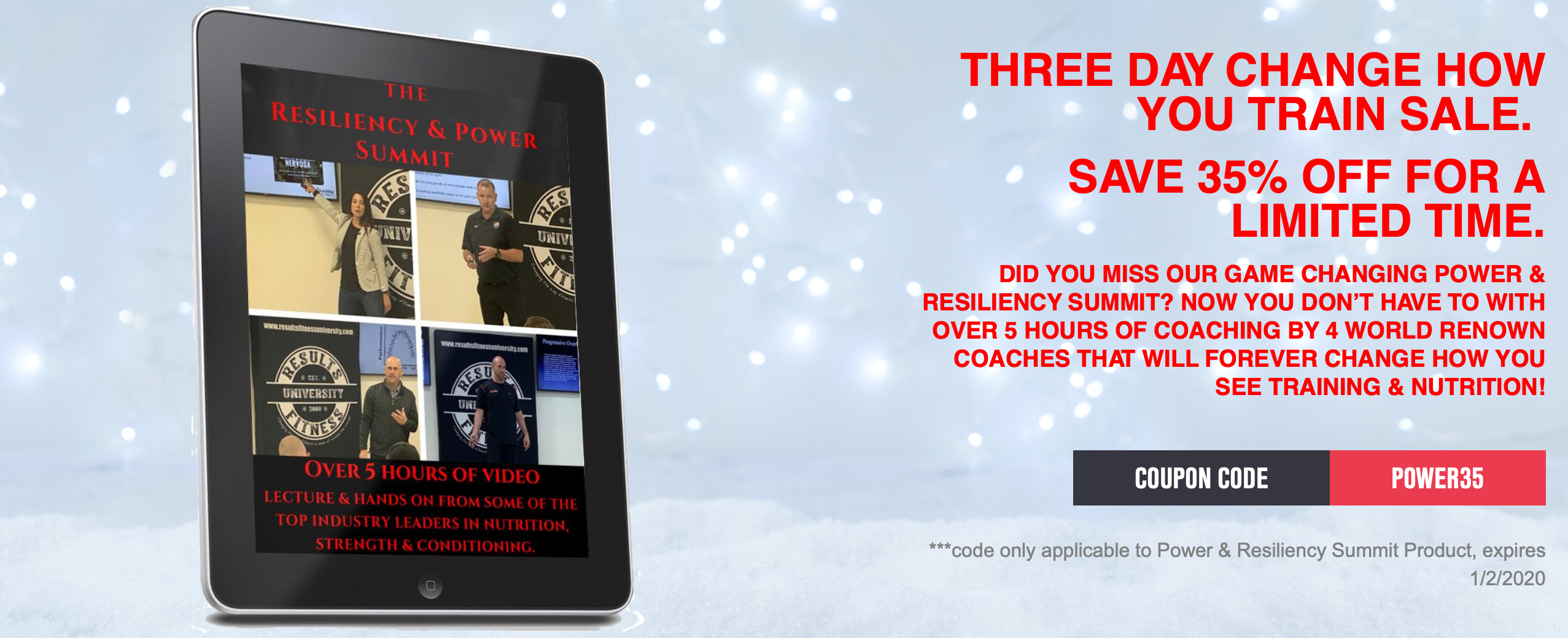
People define success in different ways. I don’t think there is any right way, it’s relative to each individual. For me, it means I can spend most of time educating and not having to worry about paying the next bill and scurrying around in the hope we can make it to the next month. That was the reality for our first couple of years of DVRT. Yet, even then, we took the approach of education as that was going to be our best marketing tool. For the past 15 years I never really thought of us as a “sandbag company”, rather a group of coaches and therapists that wanted to offer better solutions.
If there is a topic that I think a lot of people misunderstand, it is that of core stability. Like the term “core” in general, people say that an abdominal exercise is building core stability. Unfortunately, that isn’t necessarily what core stability actually means or is all about. That can often lead people to doing “core stability” exercises and not getting much in the area of actual results from the drills.
To really answer the question about core stability, we have to know what stability means in the first place. As we try to share with all of you, we learn a lot from other professionals as well. One of my favorite is Dr. Brandon Marcello. His work with Olympic and professional athletes along with tons of military programs make him a “go to” for me (plus he is an excellent teacher and great person).
Last October I was excited when I talked Brandon into speaking at our Power & Resiliency summit where he spoke about stability and man, there were so many “ah-ha” moments. I want to share some of those ideas with you! The reality is that core stability and stability in general is very different than how most people think and approach it. So, it can often be helpful to say what something is NOT before we get into what it is and of course I love how Brandon explains that stability is NOT….
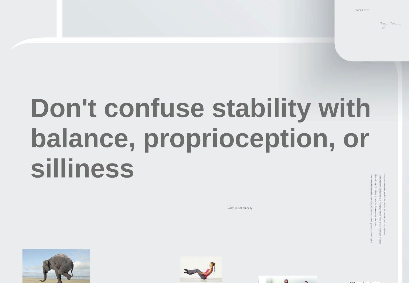
I think such a simple statement is incredibly profound as most of us first think about stability and core stability as the same as balance and proprioception. You may think that “silly” only applies to things like standing on a stability ball. However, I’ll explain why it also refers to exercises you may THINK are building core stability, but really are just making you work hard for the sake of working hard.
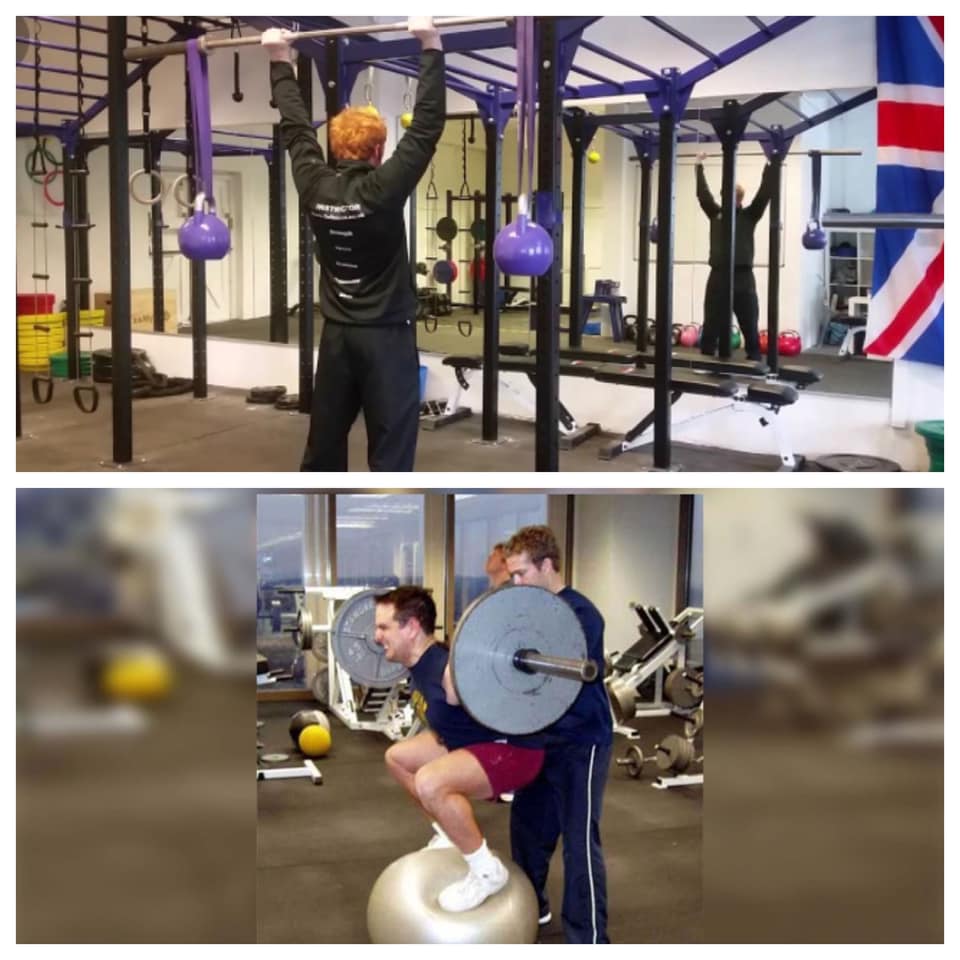
Neither of these actions are really about core stability training.
So, hearing that core stability doesn’t actually mean such things, we have to establish a foundation of understanding what it is!
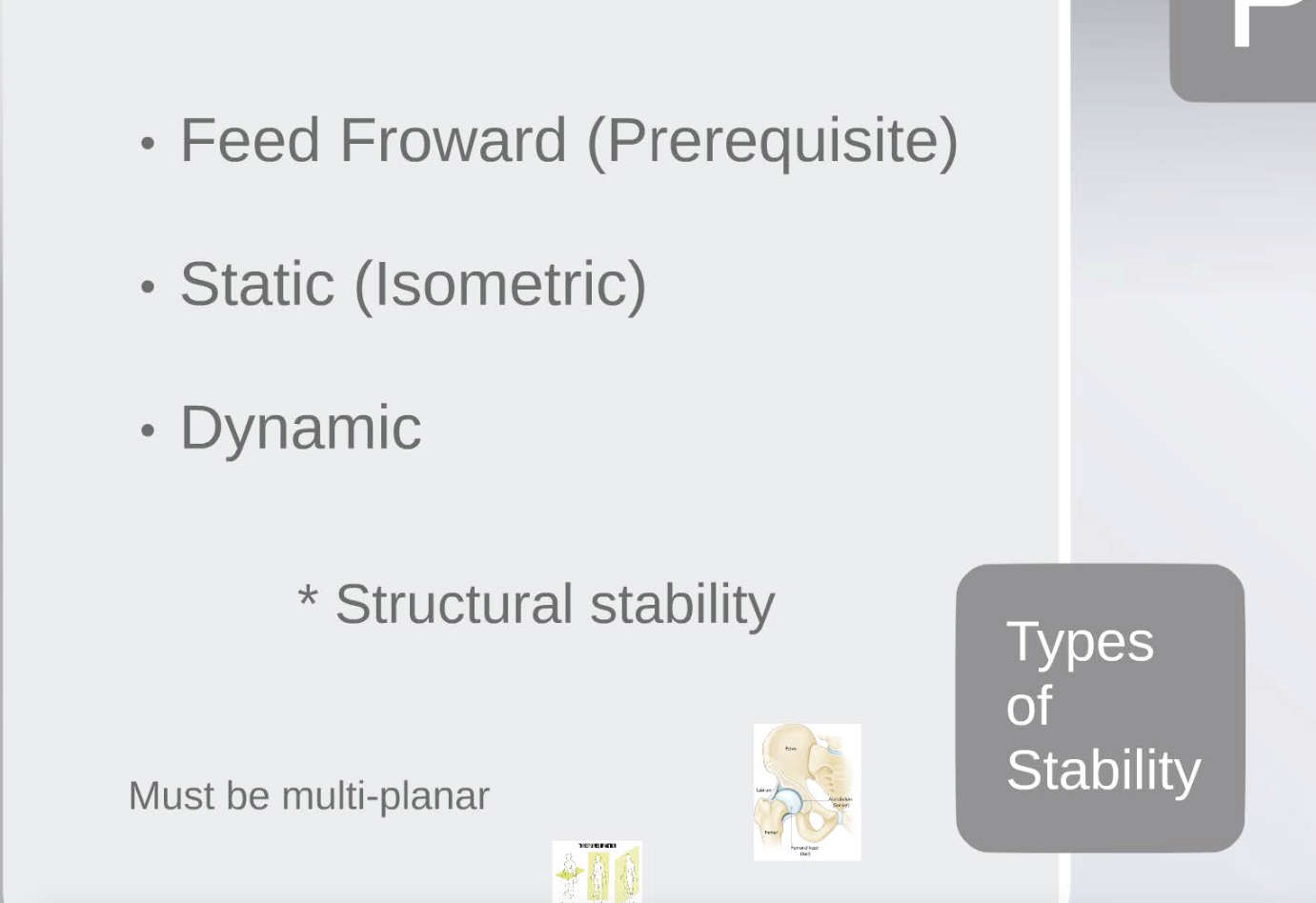
Yea, things just got real! No seriously, each of these concepts could EASILY be blog posts in of themselves (maybe we will do that????). I’m going to do my best to give the short version of each in possibly a bit oversimplified version. Don’t worry, I think you will get the idea.
Feedforward Systems
Most of us are familiar with feedback systems. Let’s say we are going into a squat, during the squat we can feel or someone notices that your knee is slightly caving in. You have time and the ability to make the correction and it is all a very conscious action, that’s more feedback.
What people are less familiar with are feedforward systems. These are where you move more reflexively. Typically very explosive and fast actions are feedforward, your body basically does what it has been taught or programmed by movements you have repeated many times. It is basically the output of your body’s software (nervous system).
For example, Dr. Stuart McGill who is often considered the leading research expert on the spine, notes that everyday casual activities (like walking for example) require only about 10% of the core activity to provide proper stability. This is a feedforward example because you don’t consciously have to create that type of tension. When we are lifting, we typically are using more feedback systems because we are consciously reacting to have to create tension. That is also where issues of stability can get confusing.
We think that getting super “tight” is creating stability, but not the type of stability that most people are referring to. For example, you could imagine that if you used more like 90% you would start to restrict your movement and you would look more like Frankenstein walking around. High tension has its place, but isn’t the stability that most of us are looking to achieve or provide during everyday actions.
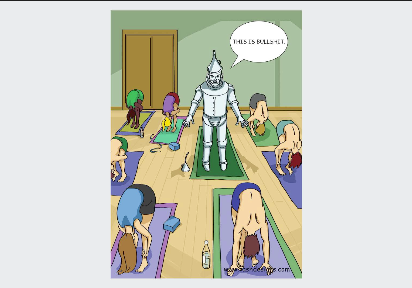
Not being able to move is problematic as not being able to control the movement you possess!
As Dr. McGill explains, “True spine stability is achieved with a “balanced” stiffening from the entire musculature including the rectus abdominis and the abdominal wall, quadratus lumborum, latissimus dorsi and the back extensors of longissimus, ilioicostalis and multifidus. Focusing on a single muscle generally does not enhance stability but creates patterns that when quantified result in less stability. It is impossible to train muscles such as transverse abdominis or multifidus in isolation – people cannot activate just these muscles.”
In other words, core stability is largely about teaching muscles how to work synergistically to, as Brandon puts it, “allow wanted movement while resisting unwanted movement.” These are more reflexive actions as Brandon describes below..
We can actually make those reflexive core stability exercises better by bringing together more chains of the body as physical therapist, Jessica Bento, explains in what makes our Dead Bug progressions so much better than most people think!
https://www.instagram.com/tv/BySZF0anePq/
There is so much to unwind in such a topic like core training we are going to be making several more posts into explanations in such a deep topic. I hope though this starts to make you think differently if what we are calling core stability is actually accomplishing such a goal. Until then, try some of these other great DVRT drills that adhere to the science that Brandon presents and this what makes DVRT so powerful. We try to bring science into practical training!
If you are interested in delving into Brandon’s great talk and that of 3 other amazing professionals (Josh included;) we have our amazing Power & Resiliency Summit on video for you. Over 5 hours of amazing presentations with some hands-on examples that we promise will change how you train. Get it HERE for 35% off for 3 days only with code “power35”
https://www.instagram.com/tv/B03N8gcHKxu/
© 2025 Ultimate Sandbag Training. Site by Jennifer Web Design.






